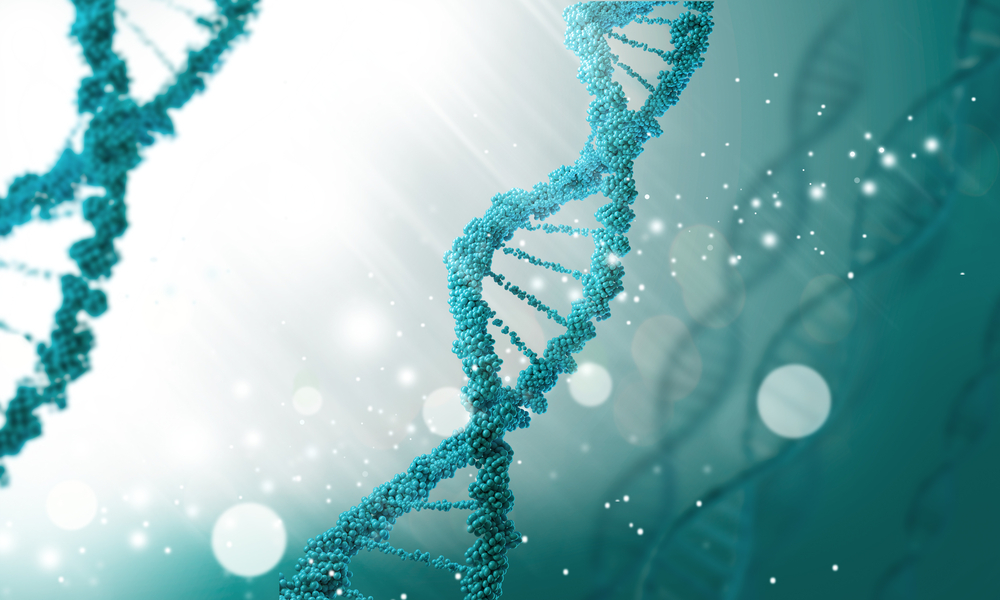Patients Showing Signs of LINCL Should be Tested for CLN5, CLN8 Mutations, Study Says

Patients experiencing typical symptoms of late-infantile neuronal ceroid lipofuscinoses (LINCL) should be tested for the presence of genetic defects in CLN5 and CLN8, a study says.
The findings of the study, “The Neuronal Ceroid Lipofuscinoses-Linked Loss of Function CLN5 and CLN8 Variants Disrupt Normal Lysosomal Function,” were published in NeuroMolecular Medicine.
Neuronal ceroid lipofuscinoses (NCLs), also known as Batten disease, comprise five childhood genetic neurodegenerative disorders with a range of symptoms, including seizures, vision loss, lack of motor coordination, and impaired cognition.
These conditions can be caused by mutations in 14 different genes (CLN1 to CLN14), that lead to the accumulation of toxic insoluble waste deposits, called lipofuscins, inside cells. Two of these genes, CLN5 and CLN8, have been associated with LINCL, also known as late-infantile Batten disease, which usually manifests in children between 2 and 4 years old.
“Clinical syndromes associated with CLN8 variants have been found to occur in two main Northern Finnish and Turkish [variants]. The Northern Finnish [variant], also known as Northern
Epilepsy (NE) Syndrome, is a progressive epilepsy with mental retardation (EPMR) characterized by normal early development, slow progressive mental decline, and mildly reduced to normal visual acuity, whereas the Turkish [variant] shows a rapid disease progression with epilepsy, mental decline, ataxia, and visual impairment,” the investigators stated.
“Further studies described CLN8 mutations in Italian, Pakistani, and Israeli patients with the LINCL phenotype [symptoms shown]. A clinical syndrome associated with CLN5 that was first described in Finland has also been found in other ethnic groups, but is most common in Finland and northern Europe,” they said.
In this study, researchers described the first cases of Iranian patients who had been diagnosed with LINCL associated with genetic mutations in CLN5 and CLN8 that had never been reported in the literature. To do so, they used a method called whole-exome sequencing (WES), which examines the DNA sequence of all genes that code for proteins (exome) on a given sample.
The first case was a 10-year-old boy, born from consanguineous parents, who had severe symptoms typical of Batten disease, including clumsiness, brain atrophy and telangiectasia (small dilated blood vessels). The second case was a 5-year-old boy, born from consanguineous parents, who experienced seizures, motor impairment and involuntary eye movement.
In the first case, WES identified a nonsense mutation in CLN5 (c.741G > A); in the second case, it identified a deletion mutation in CLN8 (c.565delT). A nonsense mutation is a single nucleotide (the building blocks of DNA) mutation that makes proteins shorter. A deletion mutation is a mutation in which part of the DNA sequence of a gene is lost.
Both boys carried two copies of the faulty genes, while their parents carried only one copy each. Both mutations had never been described in the literature.
“To sum up, in line with previous reports, our findings confirm that the CLN5 and CLN8 mutations associated with LINCL can occur in many populations in spite of the fact that some populations may be more at risk. Therefore, we recommend that cases with typical signs of LINCL should be screened for CLN genes mutation, especially for CLN5 and 8,” they concluded.





